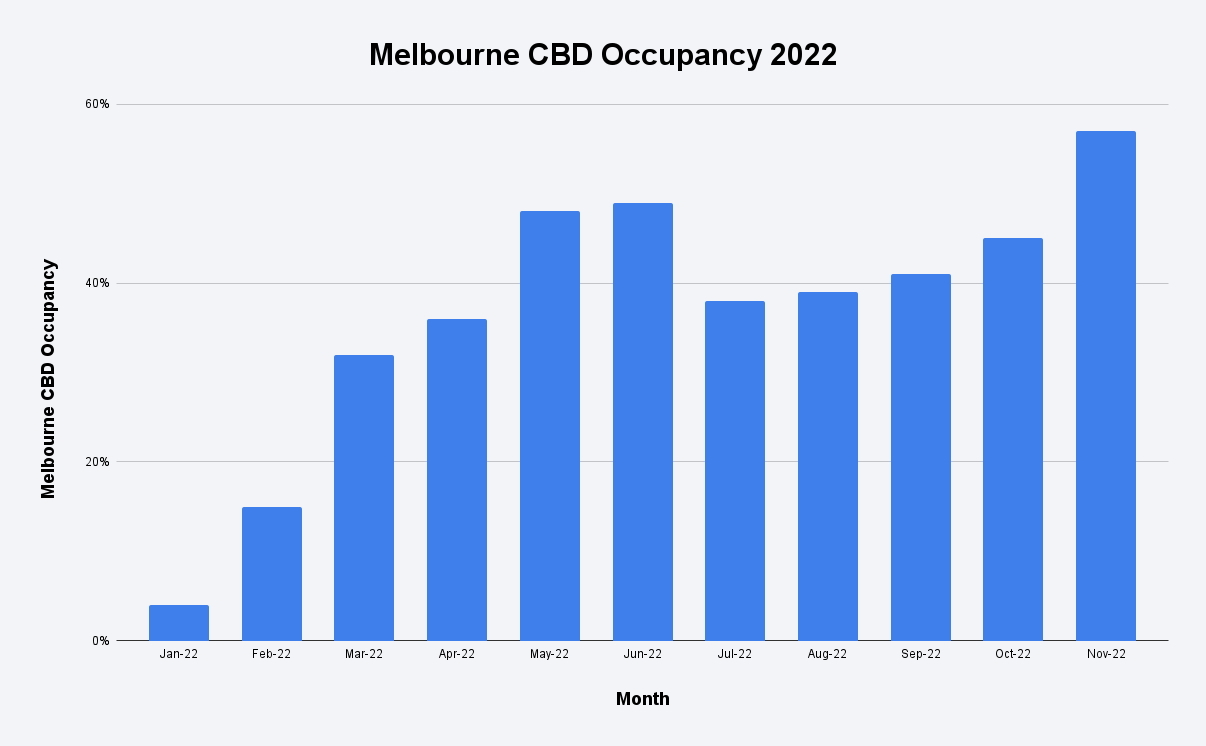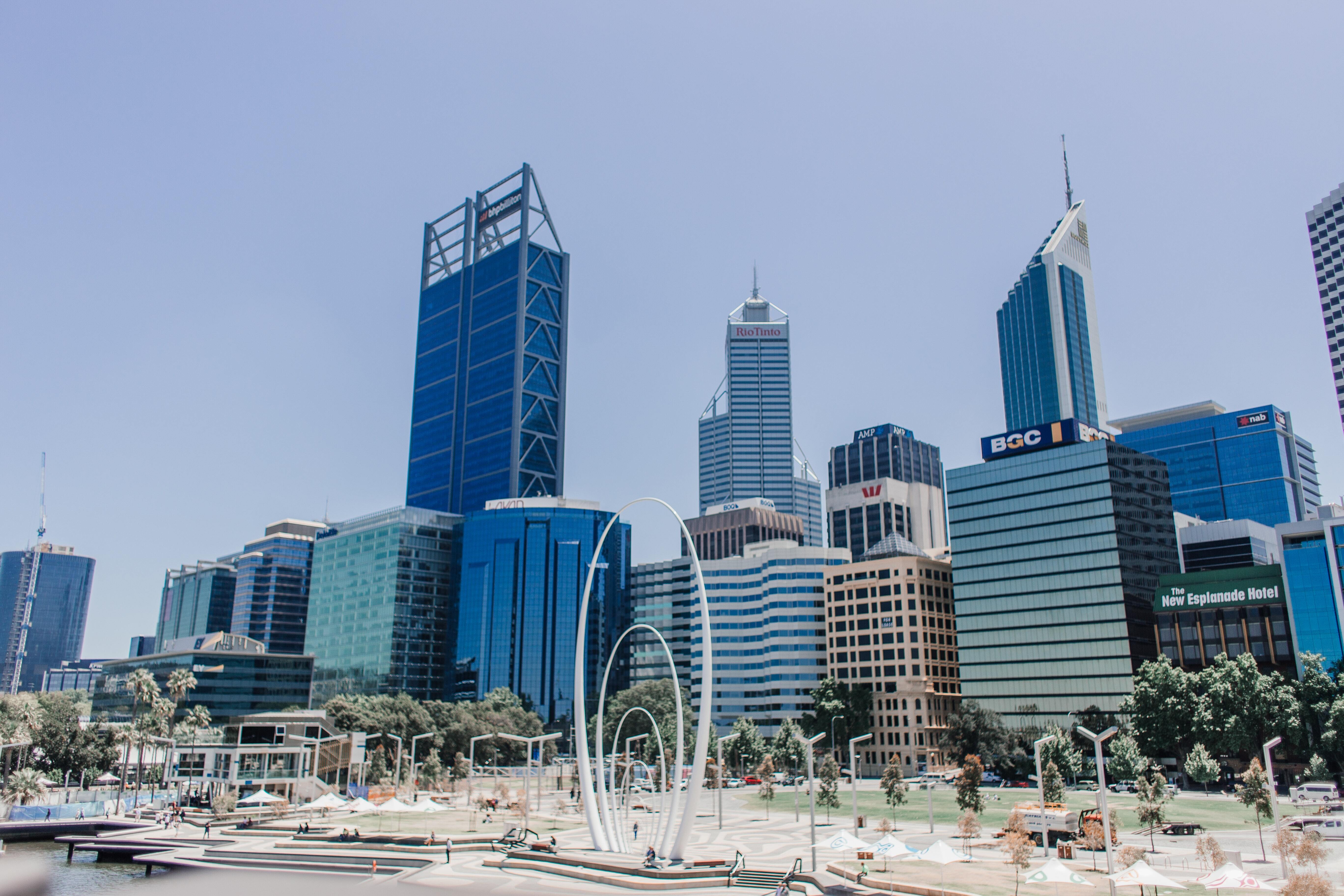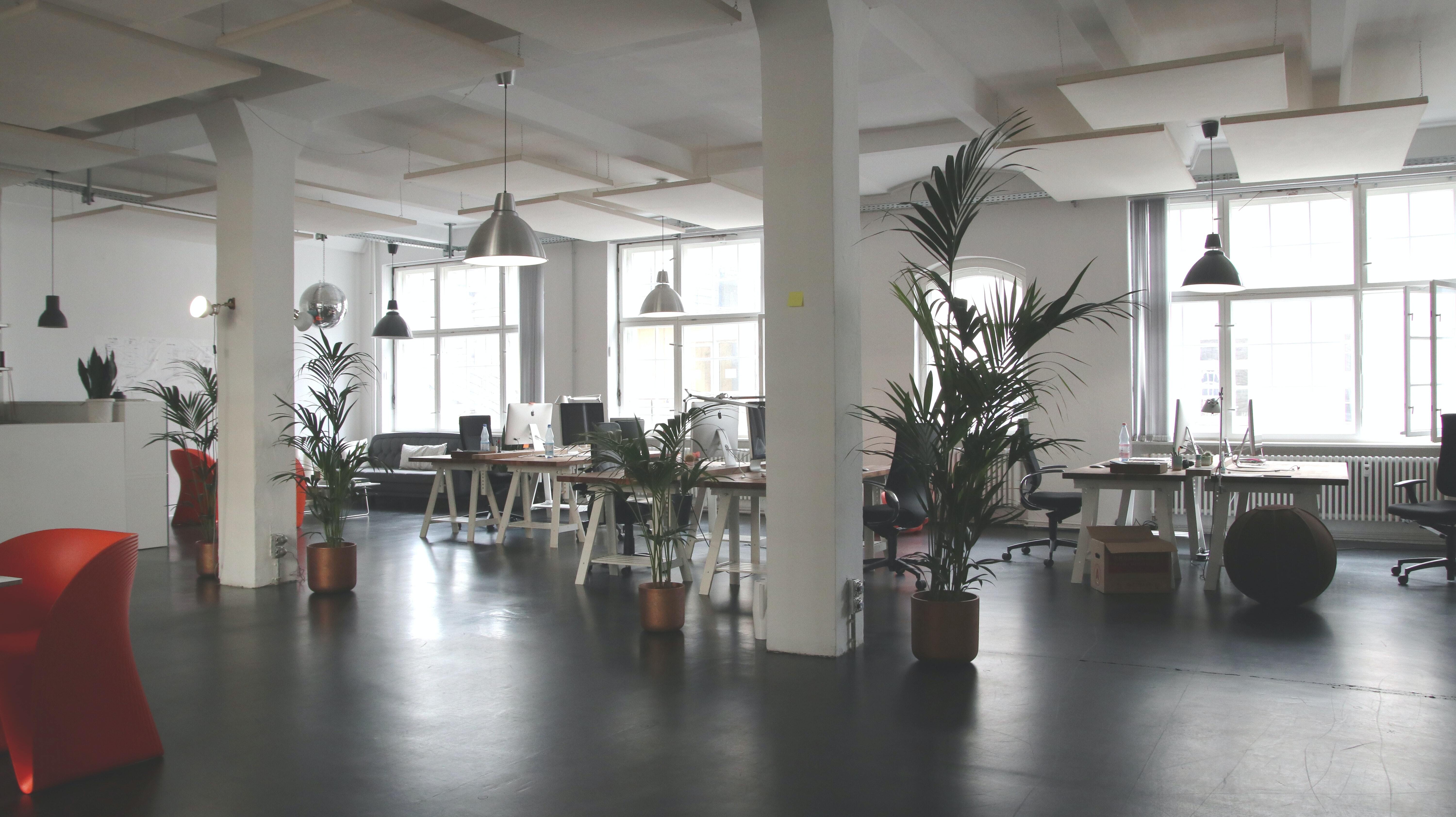"Office has returned to a position of power in the commercial property world."
As the calendar year draws to a close, the Property Council of Australia's (PCA) occupancy figures demonstrate that 2022 has been a positive one for getting workers back into the office. After notably low statistics continued into both late 2021 and early 2022, the country's major office markets are now reporting numbers that better reflect the preferences of employees.
In January 2022, the PCA office occupancy report identified that rates had dropped down to single digits for certain office markets. In Melbourne, January occupancy was recorded as 4%; Canberra and Sydney weren’t faring much better at 7% each. Perth, who had been diligent since the onset of the pandemic in reducing transmission and avoiding large-scale closures served as the exception, maintaining 66% in occupancy. Everywhere else, offices were the emptiest they had been since the PCA started conducting the survey.
November’s report paints a very different picture, as Melbourne’s occupancy rate now sits at 57%, which represents a 53% increase since January, and a massive 12% increase since October alone.

Melbourne CBD Office Occupancy 2022 - Data courtesy of Property Council of Australia
“This is a big vibrancy boost for Melbourne and for all our CBDs where office workers are now spending more time with their colleagues in their workplaces," stated Property Council Chief Executive Ken Morrison.
“The Melbourne momentum has begun, with the biggest jump in office occupancy of any city in the country, and a new post-pandemic high [in month-on-month increases]."
The other CBD’s have experienced similar surges over the course of the year, with Sydney’s CBD going from 7% at the beginning of 2022 to 59% in November, whilst Brisbane went from 13% to 67% over the same time period. Adelaide showcased serious movement, increasing from 11% in January to 74% most recently.
Perth’s results have proven consistently strong over the course of the past year, increasing from 66% in January to 80% now. Mr. Morrison believes the occupancy strength exhibited by Western Australia’s capital is a product of the public sector’s commitment to staying in touch with the workplace.

Perth CBD - Perth has maintained majorit office occupancy throughout the entire year
“While Perth didn’t experience the same severity of lockdowns than other cities, Premier McGowan sent very clear and early messages that public servants needed to remain connected to their workplaces and this has had strong results,” Mr. Morrison explained.
The expectation from some might be that the figures will continue to rise linearly, but based on our analysis of the office sector earlier this year, these figures seem to reflect what employees are seeking. Many workers have demonstrated a preference for a hybrid working schedule, and as such, it's unlikely any of the major CBD's will reach full capacity, or even 90%.
These statistics are representative of the fact that office has returned to a position of power in the commercial property world, and will continue to command respect from investors both nationally and internationally.









